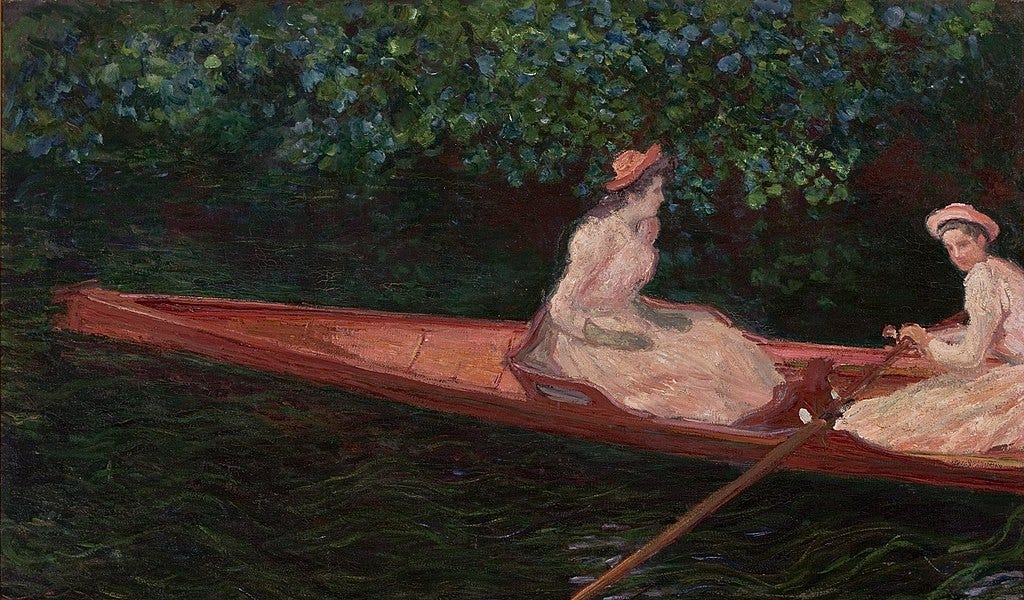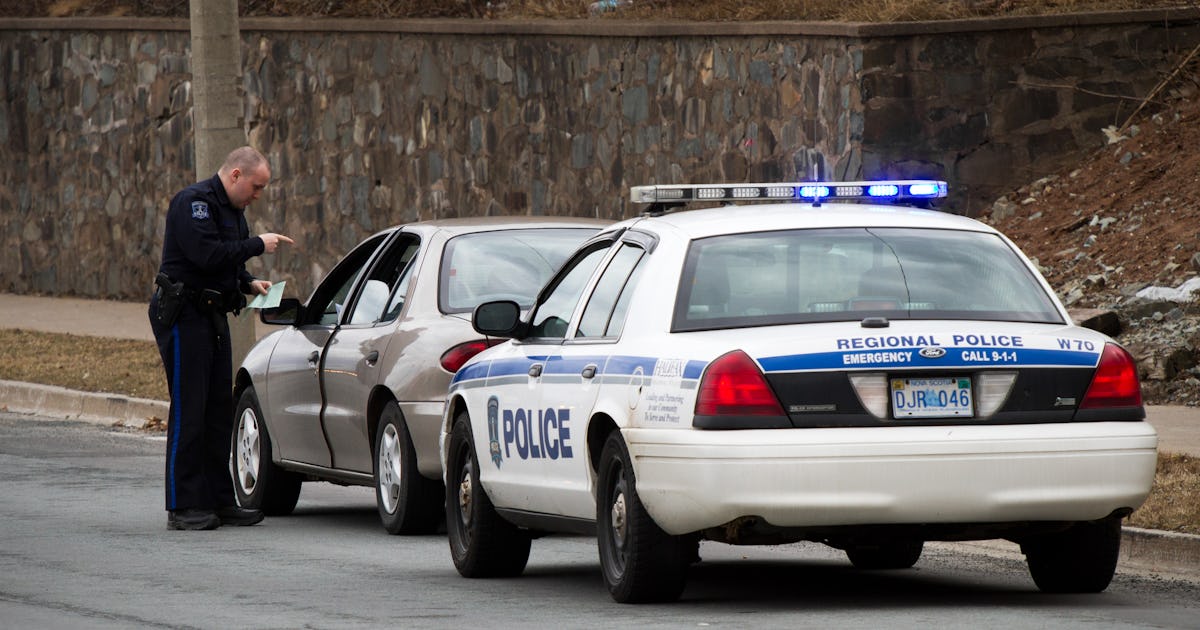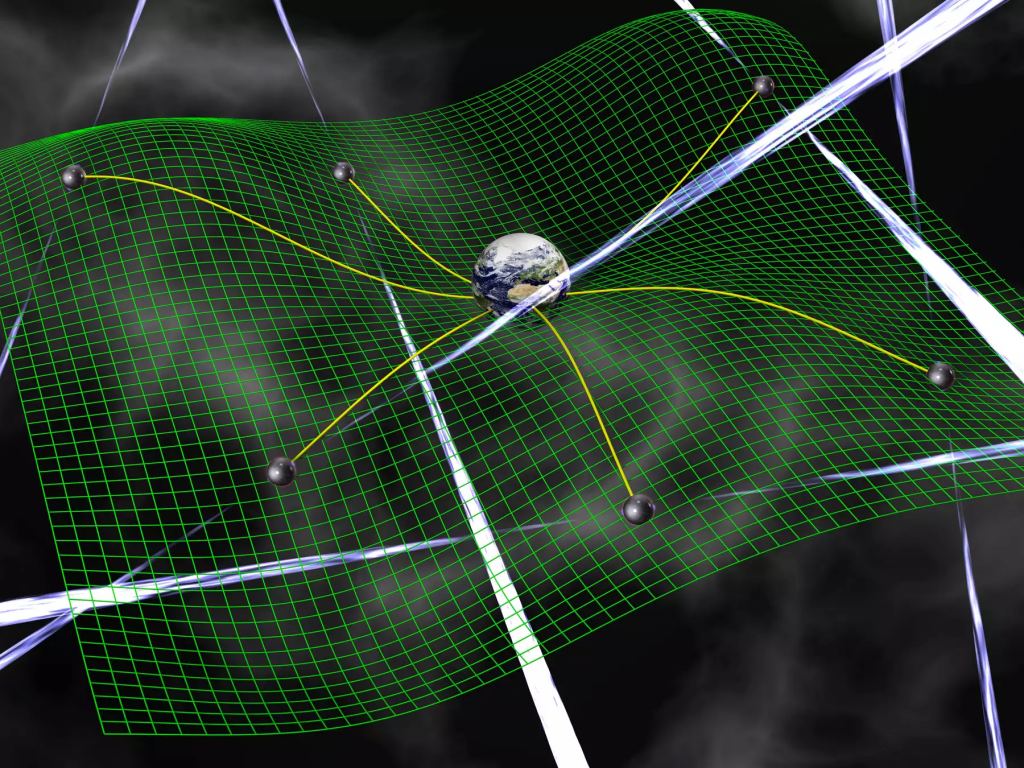
On shortcuts and longcuts
There’s this design heuristic that if people cut across the grass, you should pave the shortcut they make. This gives the path a lovely human fit. But sometimes you want to do the opposite. You want to design ways to get people to take a longer path, a longcut, so they can see or do things they’d miss otherwise.
Johanna and I are talking about this as we walk through the forest on our grounds, where she is scouting the path for a new walking trail.
“This hilly area here,” she says, “where it is just tree trunks and no undergrowth. The evening sun comes from behind here, so the trunks throw a stripe pattern of long shadows on the ground. And it's just stunning looking through the forest with these full-grown trees in the evening. But we never go here.”
She is trying to integrate the parts that we’re never visiting by making small interventions that slightly change their function; a path, a seating bench, a stair where it’s too steep. By leading us off the easy path—the one that leads to the garbage can and the mailbox—we can enable new activities. If we put a table at the end of this path, I can go out and work when I feel blocked in the office. There is that feeling of returning to the body which the forest enables, and which we can encourage by having dinner at the meadow where the last light sets in late summer.




















